• Distant objects are blurry.
• Photophobia (Sensitive to light).
• Defective colour vision.
• defective near vision.
• Straight lines look wobbly.
• Defective night vision.
These signs do not mean you have low vision. Often, whatever is causing these symptoms can be treated.
LOW VISION PEOPLE USING OPTICAL DEVICES:
(1) MAGNIFYING SPECTACLES:
Uses:
• For reading any material.
• Writing .
• Looking at objects from close range .
(2) HAND MAGNIFIERS :
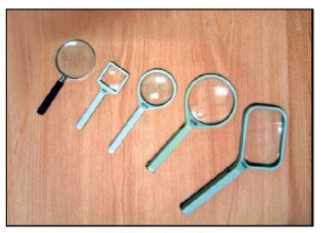
• Reading signs, labels, prices, books .
• Identifying money.
• Viewing near objects.
(3) STAND MAGNIFIERS:

Uses:
- Reading from book or newspaper.
- Looking at a picture or diagram.
types of telescopes include :
• Hand held monocular .
• Clip - on, spectacle mounted, monocular or binocular.
• Bioptic designs.
advantage :
• It is the only possible device to date which enhances distance vision.
• Can be used in a classroom for blackboard reading or outdoors.
NONOPTICAL DEVICES:
Bold line paper illumination


• Table lamp is recommended.
• Positioning of the light is important.
• Higher levels of illumination.
Reading Stand Letter Writer/ Writing Guide


Typoscope or the Reading guide: Large Print Materials :


Glare Reduction Lenses / Filters:
• Stray light , which is random in nature, interferes with visual resolution and hence reduces contrast in the retinal image. It is just like viewing TV in a well lit room or a dark room.
• If you spend a lot of time working at a computer, you might benefit from an AR coating that filters out blue light.
• The visual benefits of lenses with anti-reflective coating include sharper vision with less glare when driving at night and greater comfort during prolonged computer use (compared with wearing eyeglass lenses without AR coating).
Contrast enhancing lenses/ Filters:
• Yellow lenses are used by pilots, boaters, and sportsmen for their contrast enhancement and depth perception properties.
• It has been suggested that yellow filters provide an increase in perceived brightness because they “reduce some of the wavelengths of the chromatic and achromatic channels, improving the responses to low-contrast, midrange spatial frequencies.”
• Things look clearer on cloudy days.
MOBILITY ASSISTING DEVICES:
COMPUTER BASED SYSTEMS :
• Computer based systems, which allow users to access information using screen magnification, speech output, or both are also popular.
• Computers can be used in conjunction with scanners to allow users to import typewritten material, which they can access, using speech or screen enlargement.
• For those people who are not computers users, standalone systems can convert typewritten text to speech and read documents aloud in a synthesized voice.
• These hi-tech devices are gradually adding in the market, helping more and more visually impaired and getting more affordable, and will form the ultimate devices for the visually impaired patients in future.
ELECTRO - OPTICAL DEVICES :
• The CCTV system consists of a monitor, a camera, a table or platform where are the reading text can be placed. It also has controls for the brightness, contrast, color contrasts, change of polarity from white to black letters on white background and for magnification,
• CCTV's also called video magnifiers, use a small camera to display and enlarge text or images on a TV or computer styled screen.
• CCTV's can be used to read any text - such as novels, newspapers, and letters. As well they can be used for viewing pictures, writing letters, doing your nails, etc.
INDEPENDENT LIVING DEVICES :
Some independent living aids for visually impaired.
Government and private organizations providing assistance to the blind. (Benefits and facilities of Visually impaired People)
• Concessions on Railways
• Air Travel Concessions
• Postage
• Customs / Excise
• Conveyance Allowance
• Educational Allowance
• Income Tax Concession
GOVERNMENT REHABILITATION SERVICES :
• National institute for the visually Handicapped .
• NATIONAL ASSOCIATION FOR THE BLIND - NAB
• Braille Kits .
• Aids and Equipment .
• Talking Books .
• Training Center for Teachers of the visually Impaired (Primary) .
• Employment and Computer Training .
• Self - Employment .
.jpg)
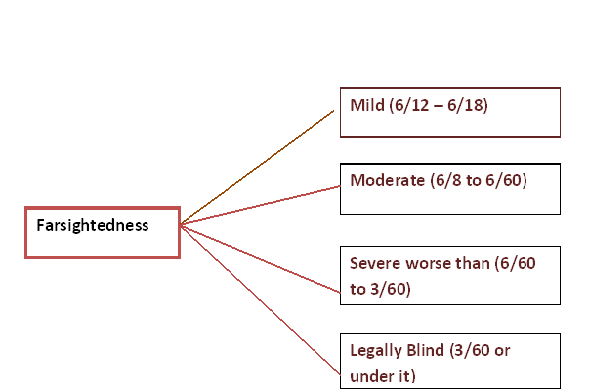

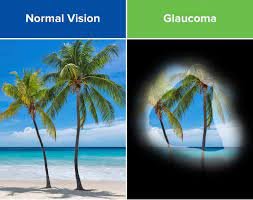
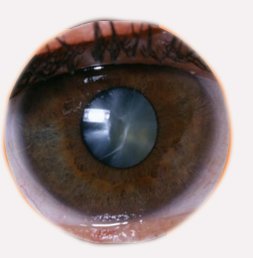
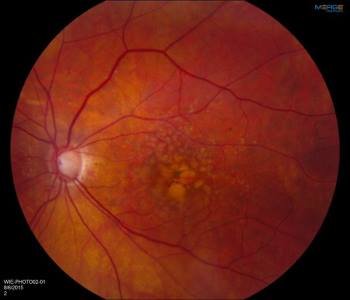
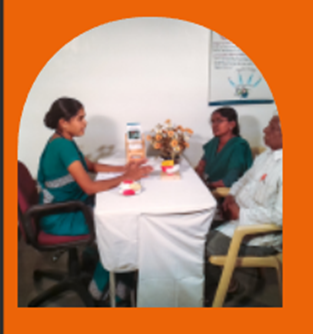

1.jpg) apps and digital audio resources are designed to help you in your daily activities
apps and digital audio resources are designed to help you in your daily activities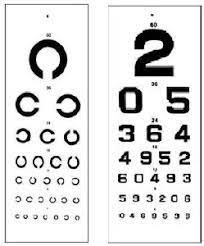
4.jpg)



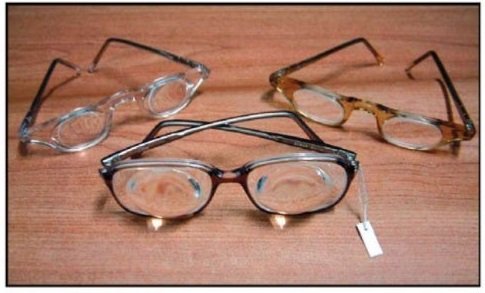












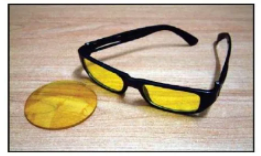
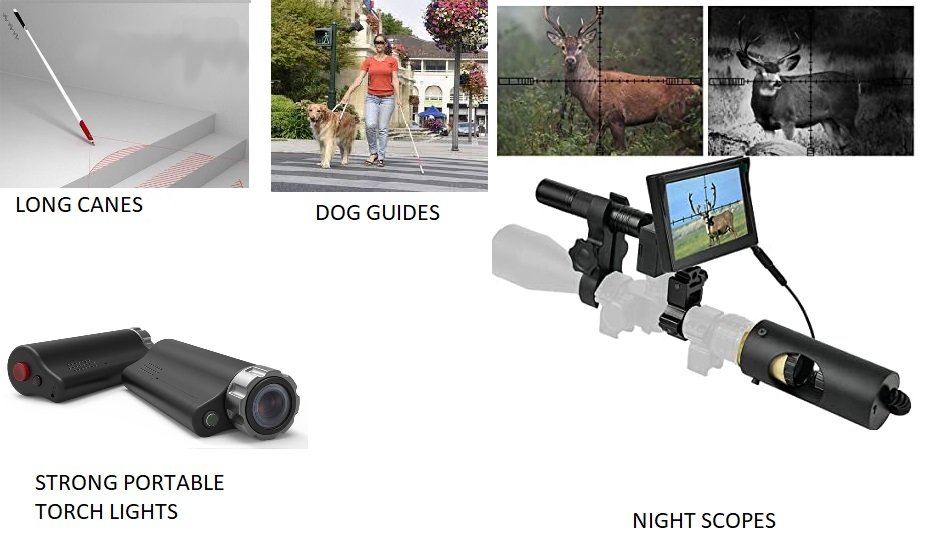
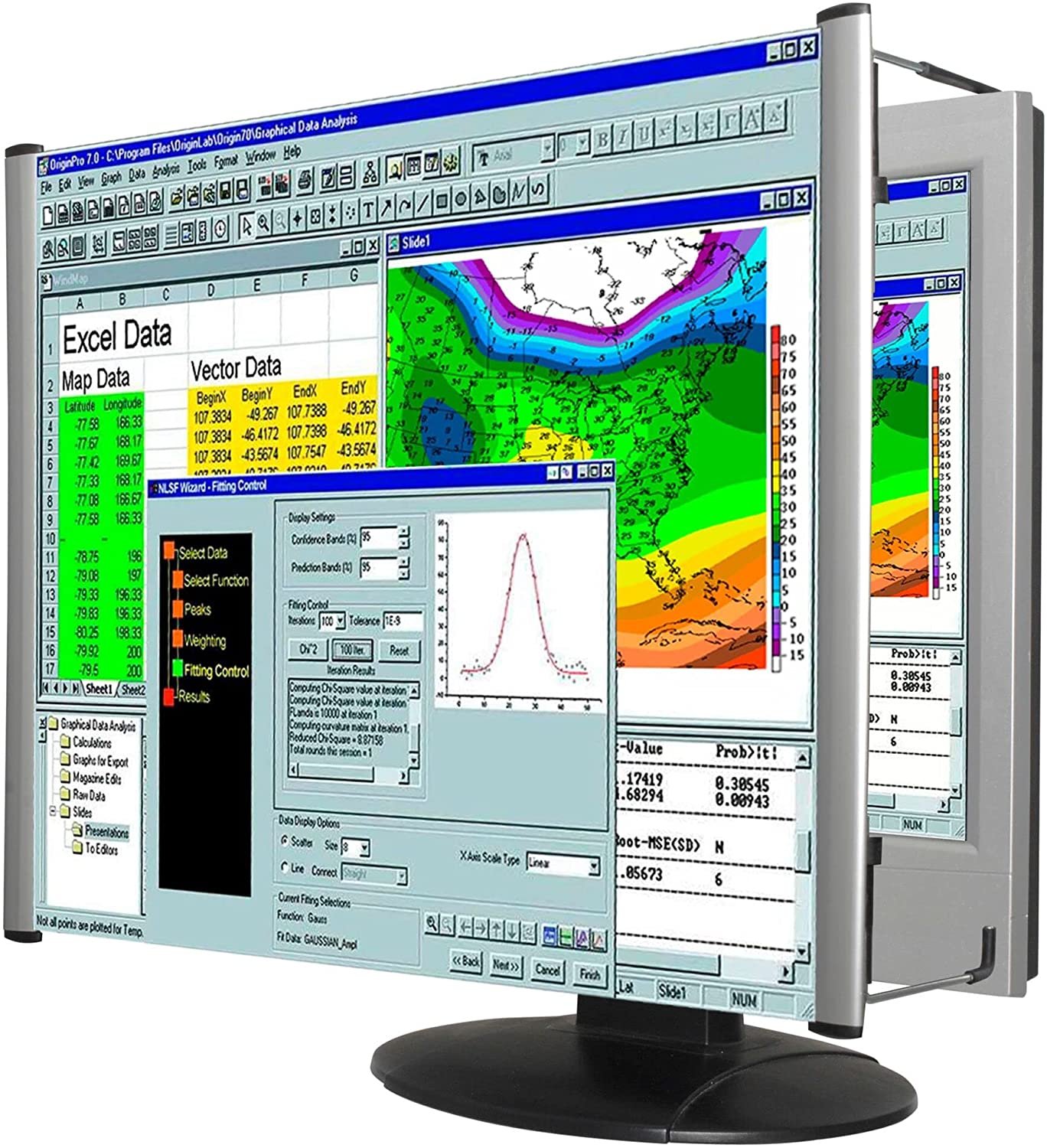
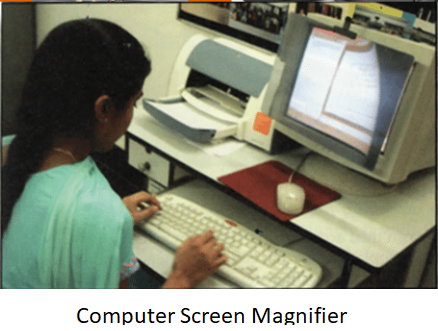
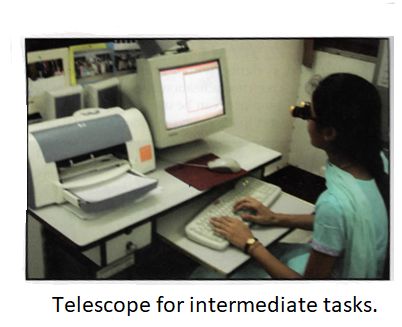

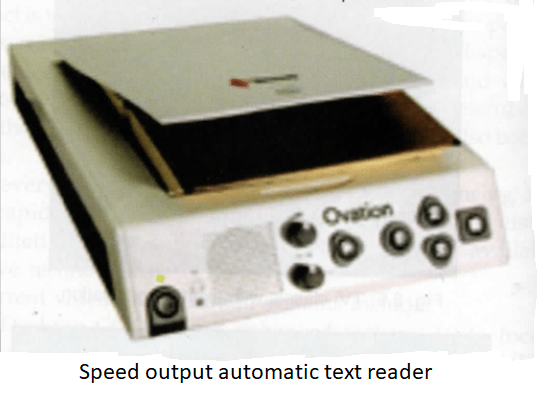
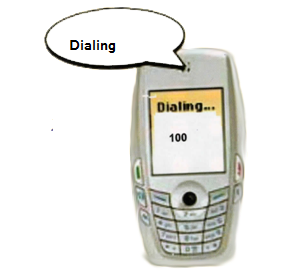


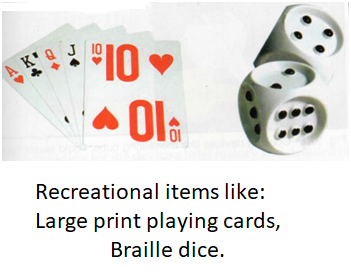
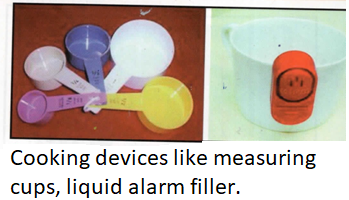

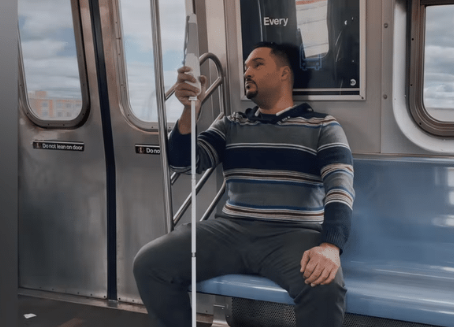
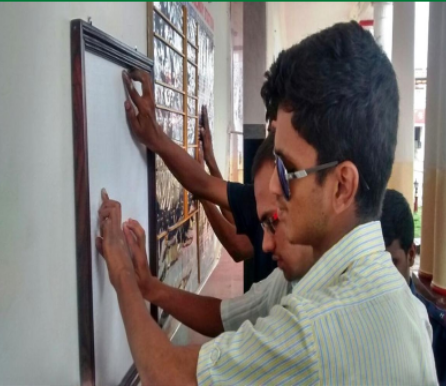
Comments